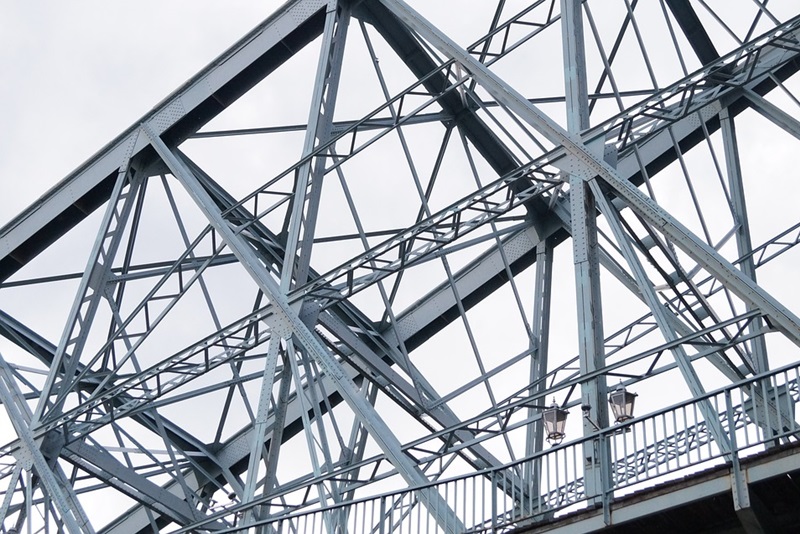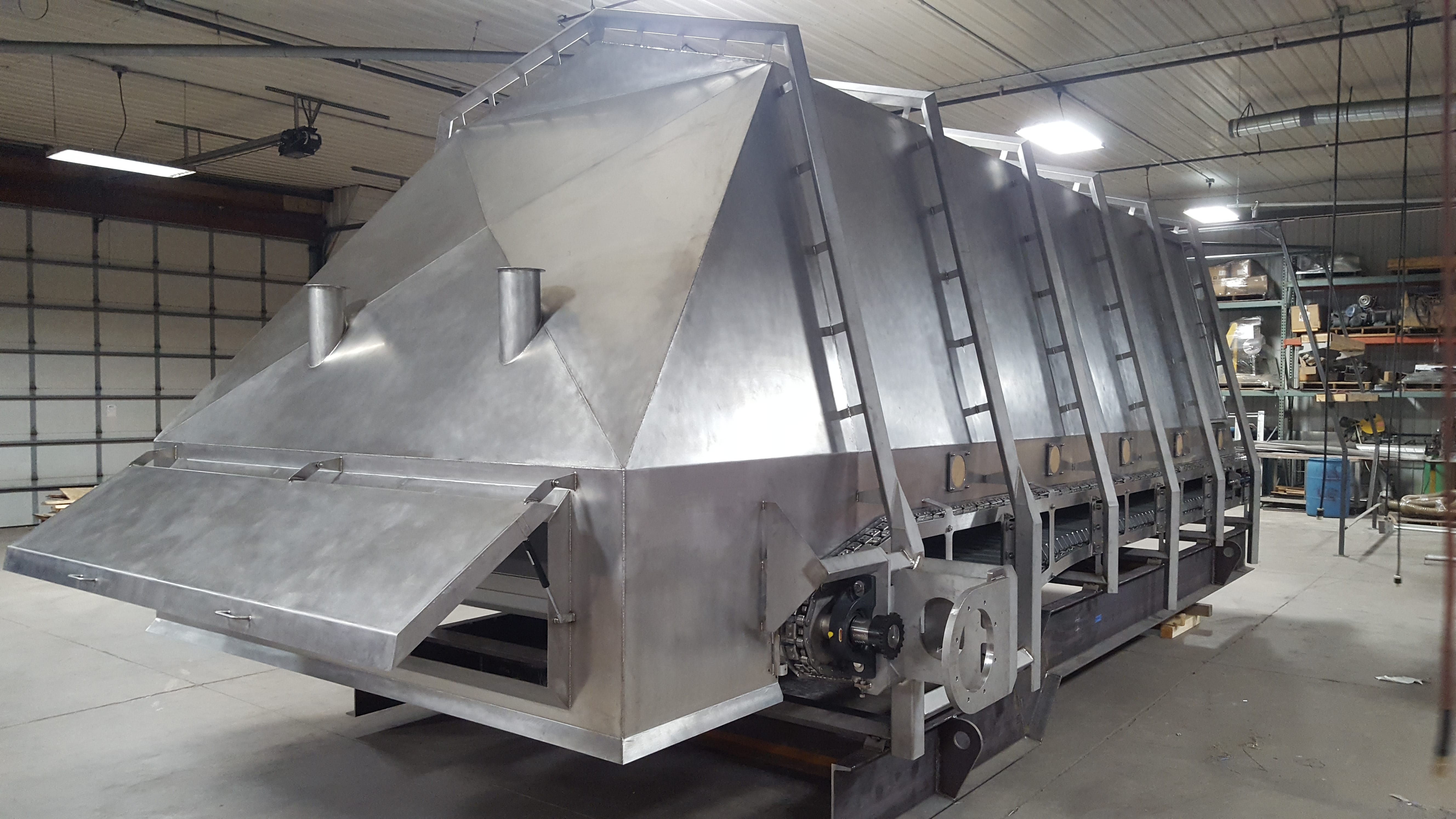Metal Fabrication Melbourne: Precision Engineering for All Needs
Metal Fabrication Melbourne: Precision Engineering for All Needs
Blog Article
Cutting-edge Fads in Steel Fabrication: Enhancing Resilience and Precision
In the world of steel fabrication, the pursuit of sturdiness and accuracy has actually led to a wave of innovative trends that are reshaping the sector. These trends are not just shaping the present however likewise laying the foundation for the future of steel manufacture, assuring more improvements in durability and precision.
Advanced Welding Technologies
In the realm of steel construction, the adoption of innovative welding modern technologies has actually dramatically revolutionized the industry's approach to achieving superior quality and precision in architectural welds. Advanced welding modern technologies, such as laser light beam welding and rubbing mix welding, have actually become game-changers in the field. Laser beam welding employs a focused laser light beam to join steel parts with impressive precision and speed, making it optimal for elaborate styles and thin products. On the other hand, friction stir welding creates exceptionally solid bonds by mechanically intermixing the molecules of the materials at the joint, eliminating the need for thawing the steel. These innovations provide various advantages, consisting of decreased heat-affected zones, marginal distortion, and improved mechanical buildings in the welded joints. By leveraging these advanced welding strategies, steel producers can elevate the durability, toughness, and precision of their architectural welds, satisfying the increasingly requiring demands of modern building projects.
Robotic Automation in Construction
Welcoming robotic automation has come to be a cornerstone of contemporary steel manufacture techniques, improving procedures and enhancing efficiency across the market. Robotics are changing the way steel components are produced, supplying unparalleled accuracy and speed while minimizing human mistake. These automated systems can take care of recurring tasks with constant precision, leading to greater high quality output.
One secret benefit of robot automation in steel fabrication is the capacity to function around the clock without exhaustion, dramatically enhancing manufacturing result. This continual operation reduces downtime and speeds up job timelines, eventually saving costs for producers. Furthermore, robots can be programmed to carry out elaborate tasks that may be hazardous or tough for human employees, boosting security in the work environment.
Furthermore, robot automation enables seamless assimilation with other digital modern technologies, such as computer-aided design (CAD) software program and Net of Things (IoT) systems (metal fabrication melbourne). This interconnected method improves interaction between different stages of manufacture, maximizing workflows and making sure real-time surveillance and control. As the steel fabrication industry remains to advance, robot automation stands out as a transformative pressure driving performance and accuracy in making processes

High-Strength Alloy Growth
The advancement of high-strength alloy advancement in steel fabrication is reshaping the market's strategy to boosting material durability and efficiency. High-strength alloys are engineered to show remarkable mechanical homes, such as increased tensile toughness, sturdiness, and rust resistance compared to conventional steel qualities. By integrating these sophisticated alloys right into construction procedures, makers can generate elements that hold up against higher stress degrees and severe atmospheres, resulting in even more trustworthy and sturdy final product.
One key benefit of high-strength alloy growth is the capability to minimize product density without compromising architectural stability. This not just causes lighter-weight components but likewise adds to cost savings and boosted effectiveness in fabrication and assembly procedures. The improved strength-to-weight proportion of these alloys permits for the design and building of structures with higher load-bearing abilities while lessening total weight.
3D Modeling and Simulation Software
Innovations in steel construction procedures have been considerably moved by the combination of cutting-edge 3D modeling and simulation software tools. These tools allow makers to develop detailed online versions of their projects, enabling them to visualize the end product with precision before any physical work begins. By replicating different stress and anxiety aspects, ecological conditions, and architectural tons, makers can enhance designs for improved toughness and efficiency. In addition, 3D modeling and simulation software application enhance the manufacturing process by identifying possible problems beforehand, lowering the need for pricey rework and minimizing material waste.

Lasting Practices in Steel Manufacturing
Integrating sustainable methods into steel production processes is crucial for lessening ecological influence and guaranteeing long-lasting source accessibility. One key lasting practice is the fostering of energy-efficient technologies to decrease greenhouse Your Domain Name gas emissions during the steel production procedure. This consists of making use of renewable energy sources, such as solar or wind power, to power steel plants and applying energy-efficient devices to enhance power use.
An additional important element of sustainable steel production is the responsible sourcing of resources. This involves ensuring that the iron ore and other sources used in steelmaking are gotten from honest and eco friendly resources. By promoting transparency in the supply chain and sticking to stringent environmental requirements, steel makers can lessen the negative influences of resource extraction on regional environments and areas.

Verdict
To conclude, the cutting-edge fads in steel manufacture such as advanced welding innovations, robotic automation, high-strength alloy advancement, 3D modeling and simulation software application, and lasting practices are improving the durability and accuracy of steel items. These developments are transforming the steel construction industry by boosting sustainability, effectiveness, and top quality. It is clear that the future of steel construction hinges on accepting these sophisticated innovations to meet the needs of contemporary building and construction and manufacturing industries.
In the world of steel manufacture, the pursuit of longevity and accuracy has led to a wave of ingenious fads that are reshaping the industry.In the realm of steel manufacture, the fostering of cutting-edge welding technologies has dramatically revolutionized the industry's approach to accomplishing remarkable top quality and precision in architectural welds. As the steel manufacture sector continues to progress, robotic automation stands out as a transformative force driving performance and article precision in manufacturing procedures.
Moreover, recycling and reusing steel scrap and waste products play a significant role in boosting the sustainability of steel production. steel fixing.In conclusion, the ingenious fads in steel construction such as advanced welding modern technologies, robot automation, high-strength alloy growth, 3D modeling and simulation software program, and lasting techniques are boosting the sturdiness and accuracy of steel items
Report this page